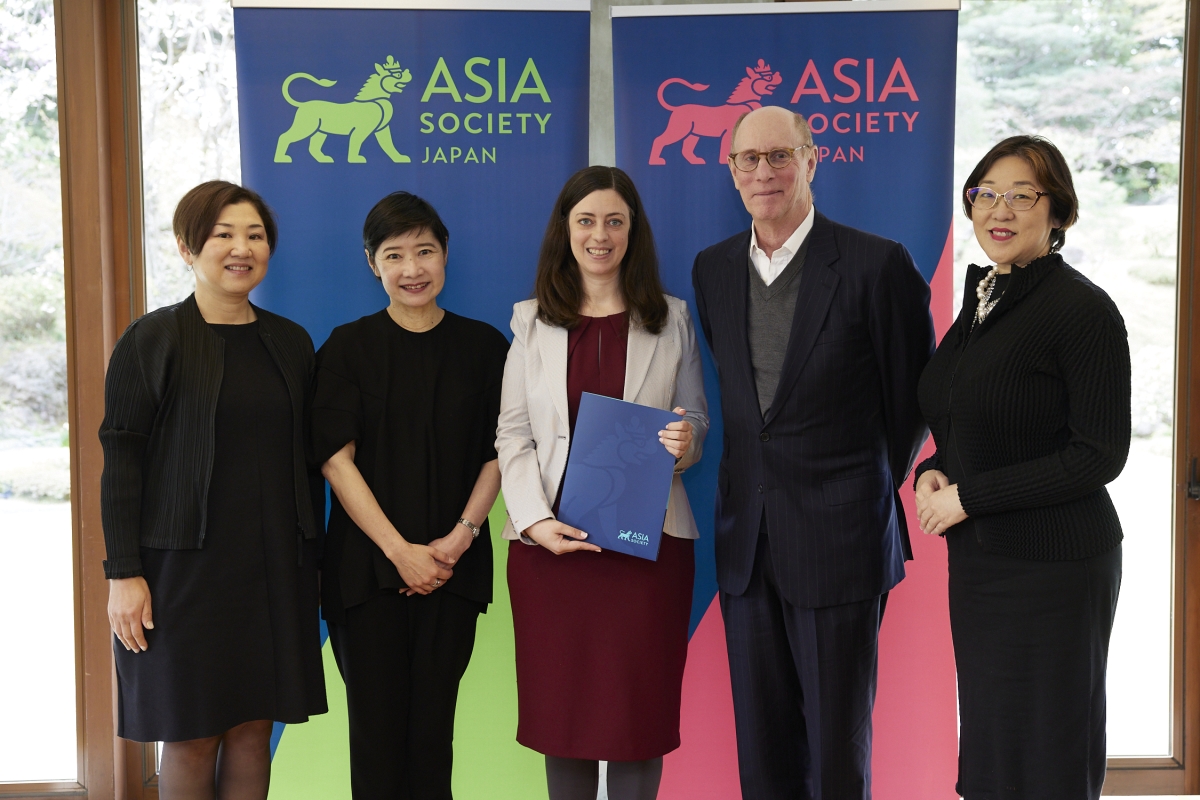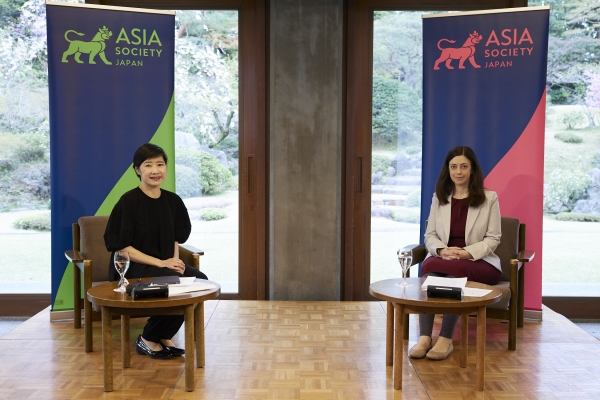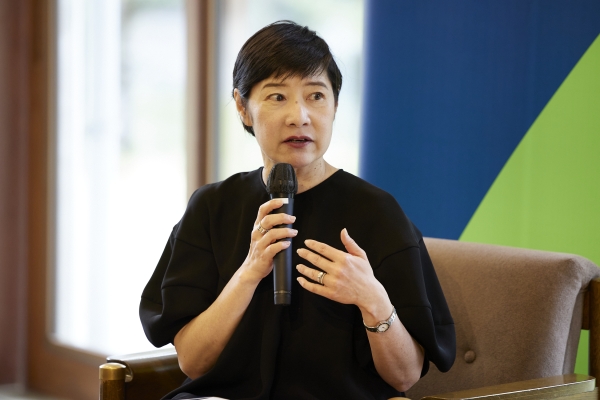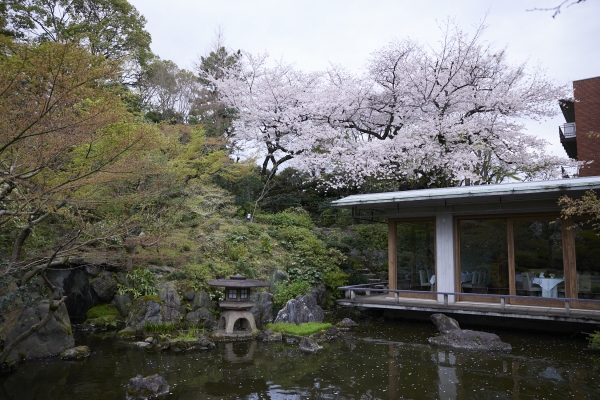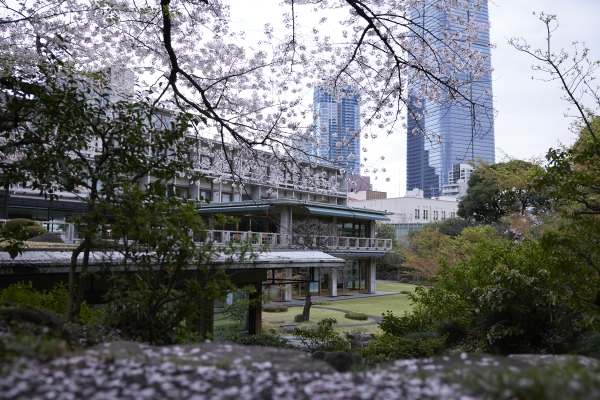Managing China’s Rise without War (Recap)
On March 27, 2023, Asia Society Policy Institute Managing Director Rorry Daniels discussed the current U.S.-China relations and provided insights into how China’s rise could be peacefully managed. Ms. Daniels explored topics that range from the recent balloon incident, Japan’s bridging role, the forecast on diplomacy in Asia, Beijing’s alignment with Russia, and the role of U.S. media. Asia Society Policy Institute Japan fellow Takako Hikotani hosted the program.
Ms. Hikotani started the session by pointing out the significance of Japanese Prime Minister Fumio Kishida’s recent surprise visit to Ukraine, which coincided with Chinese President Xi Jinping‘s talks with Russian President Vladimir Putin. Ms. Daniels offered her initial comments, which were followed by a fireside chat with Ms. Hikotani and an engaging conversation with the floor.
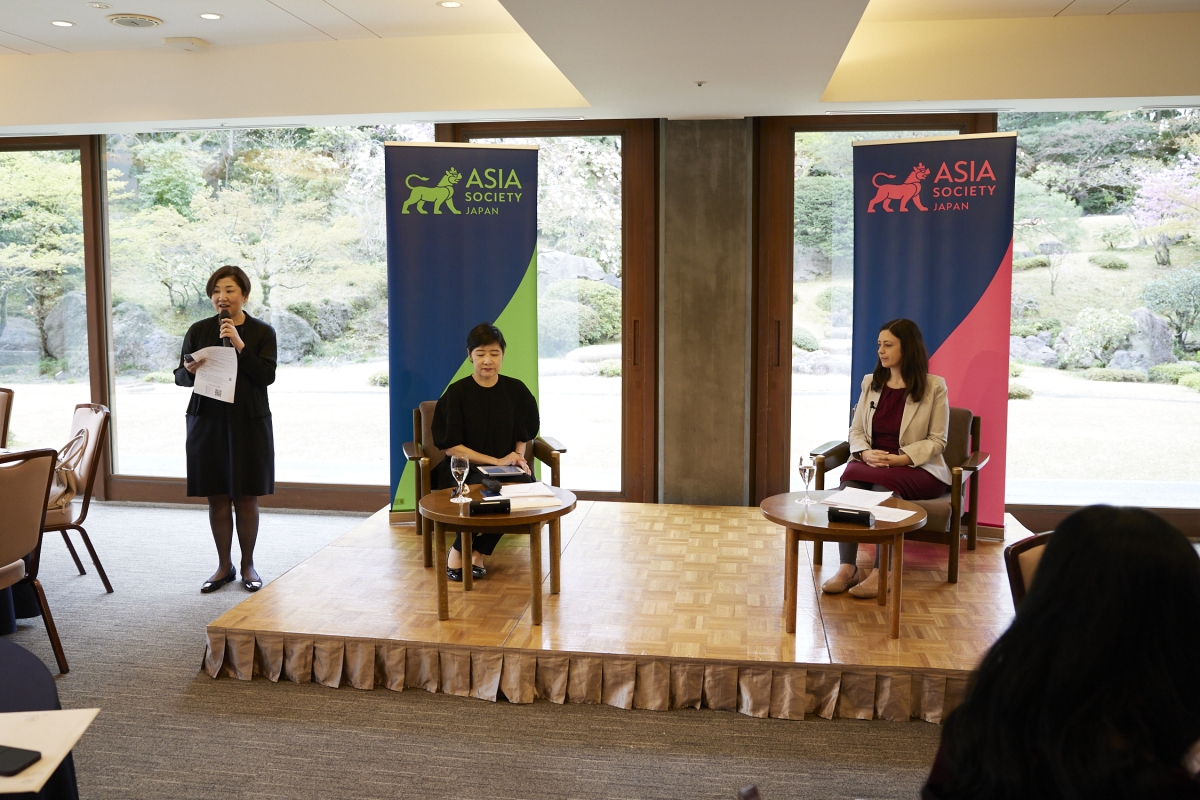
U.S.-China relations
Defined by strategic competition
U.S.-China relations are in a very fragile state. Both sides have acknowledged that bilateral relations are defined by “strategic competition,” which has yet to be clearly defined in terms of rules, modalities, or objectives. The lines between domestic politics and international relations remain very blurry. Both sides are messaging their domestic audiences that the other side is an existential threat.
The narratives
The Washington, D.C. narrative on China is that the U.S. made a mistake in assisting China in joining the WTO. Instead of becoming a responsible stakeholder in the international system, China chose to convert its economic strength into coercive uses of power and pursue revisionist goals in Asia and around the world, exempting itself from the rules of the international order that it had signed up to when it joined the WTO.
In contrast, China’s narrative is that it never promised and would never promise to become like the U.S. through economic liberalization. It will continue to assert strong Communist Party control over society, the economy, politics, and the military. China’s rise is enabling it to take a historical and rightful place as the most powerful nation in Asia. China has done nothing wrong except to grow stronger, but the U.S. and its allies want to encircle China and contain its rise.

Locked in the narratives
Both sides wish to compete, cooperate, or confront where necessary but there is no official communication between the two sides because they are locked in these narratives, which actually have much in common. Both sides see the other as responsible for the current state of affairs and are not self-reflective on their own positions or mistakes in managing this bilateral relationship. Both are using the bad intentions of the other to explain or excuse some of their own failures of domestic governance, and to exempt themselves from some international rules.
At the same time, both sides understand that they need to coexist in some manner. Yet, both China and the U.S. are interpreting what is normal balancing behavior against the coercive use of power as being directed by the other side. It was already very difficult to manage the relationship responsibly when both sides did not identify the other as a strategic threat, given very different operating systems. The narratives display aspects of great power behavior that do not mix well without sustained attention to managing the bilateral relationship and without deep confidence in their own systems.
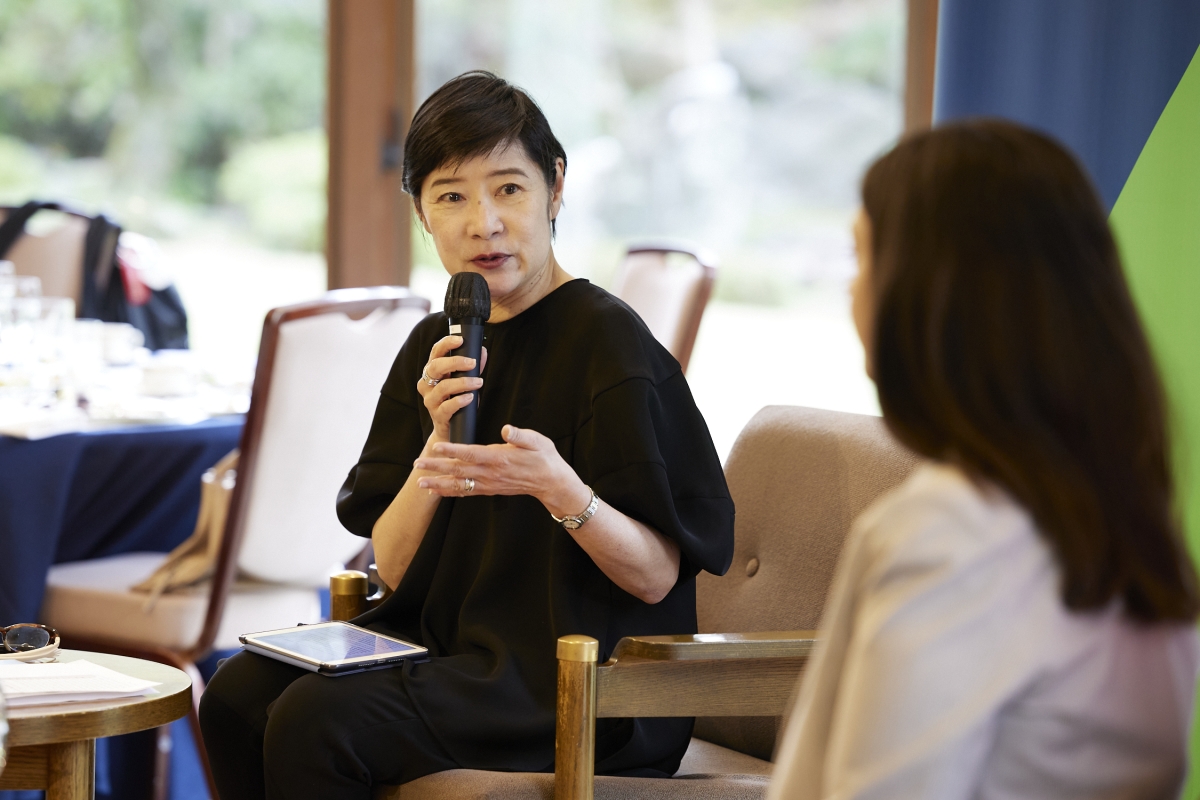
The role of U.S. alliances
How do allies fit in and what can allies do? There are four things allies can do: Be a bridge between the U.S. and China to fill communications gaps; question policy assumptions; hold both sides to common rules and standards; and lead middle-power coalitions to balance against great power behavior. Regarding the last point, Japan is already doing an excellent job on this front, between the CPTPP and the Quad, enhanced military agreements with key U.S. allies, redefining its relationship with South Korea, and visiting Ukraine.
The Balloon Incident
On February 4, a U.S. F-22 fighter jet shot down a Chinese surveillance balloon, a week after it was discovered in U.S. airspace. This incident was indicative of great powers being perceived as strategic threats. The incident prevented Secretary of State, Antony Blinken from going to Beijing for a planned visit. While the outcomes, including whether the meeting will be rescheduled, are yet to be determined, it served to harden views on both sides. In the U.S., it served to merge the blurry line between domestic and international politics. The Balloon Incident was a visual representation of concerns about Chinese surveillance programs that people had heard about for a long time.
Taiwan, the most dangerous flashpoint
All lines of U.S-China strategic competition intersect in Taiwan: values, technology competition, territorial claims, the safety of maritime traffic, etc. Beijing sees U.S. actions of support for Taiwan, which are acts of balancing power, as direct threats to its political legitimacy and as directed by hostile intent from Washington to Beijing, rather than a reflection of and reaction to hostile intent from Beijing to Taipei.
Ms. Daniel’s take is that Taipei will not declare a formal de jure independence as long as Beijing does not use force. The U.S. seeks to have the issue resolved without the force of coercion. Yet, it remains to be seen how durable the bottom line of declaring independence will be in the future as Taiwan goes through its own election process and with Beijing including in its anti-secession law that it reserves the use of force over Taiwan if it became permanently separate and there was no path to peaceful unification.
While some U.S. military leaders have publicly pointed to specific dates for a Chinese invasion of Taiwan, there is no way to predict if and when Beijing would use force against Taiwan. We can only predict if or when Beijing will have the power to do so in ways that complicate the U.S.'s ability to defend Taiwan, or that give Beijing undue coercive influence over Taiwan.

Japan’s role
This year is a milestone year in Asian leadership with Japan’s stewardship of the G7 and India's stewardship of the G20. Both Japan and India have played a unique bridging role, not just between East and West or between alliances and non-alliance movements but also between the developed and the developing world. Japan has a track record of excellence in Southeast Asia and other areas of the global South where it has fostered some unique and successful programs on infrastructure development, public health, and development finance, that deserve more attention. Asia Society will have a stronger focus on Japan next fiscal year.
Moreover, as we move toward a more multipolar world, we will see more mini-lateral coalitions emerging. How they feed back into the larger global institutions will be critical for shaping the norms, rules, and values that govern our system as a whole.
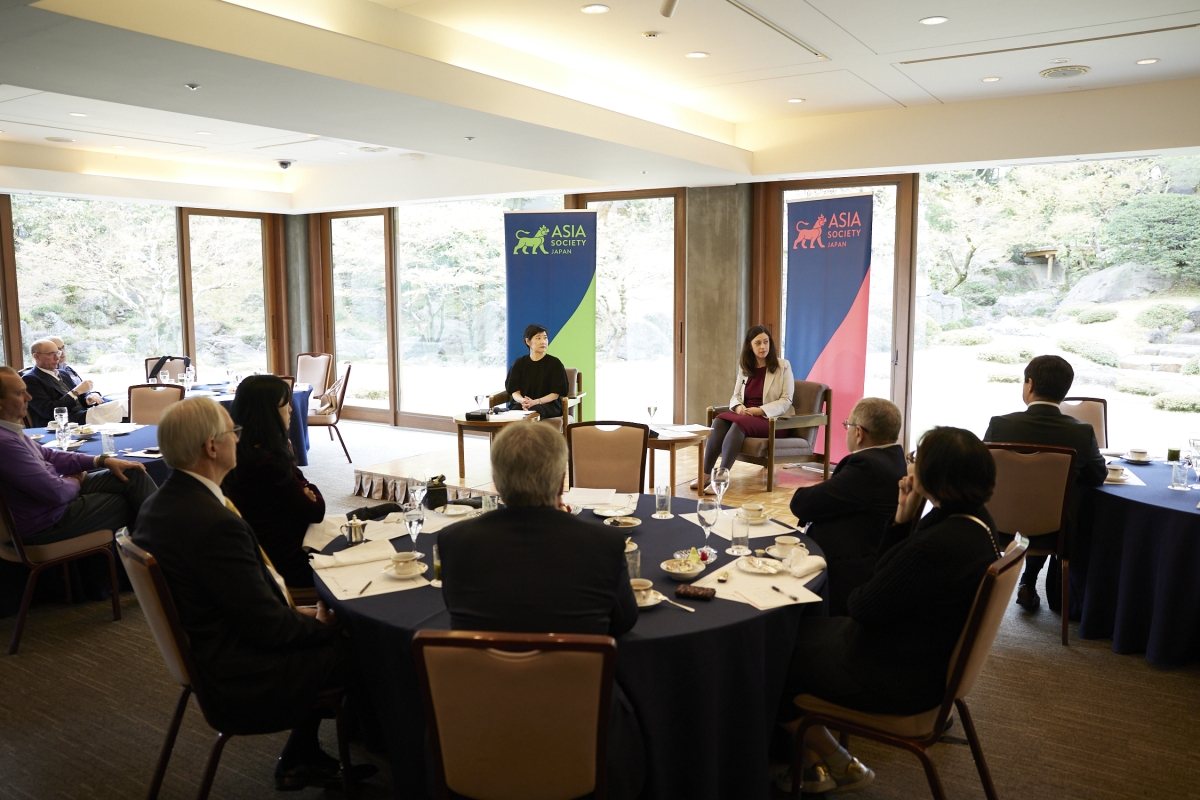
Other topics
Other topics covered in the conversation with the floor included different forms of assistance to less developed countries including institutional and academic partnerships and supporting the improvement of governance standards, China’s advantage in strengthening relations with Russia, the role of the media, Taiwan’s nonchalance, the Communist Party’s control over the People’s Liberation Army (PLA), and the current status and outlook of people-to-people exchange.
